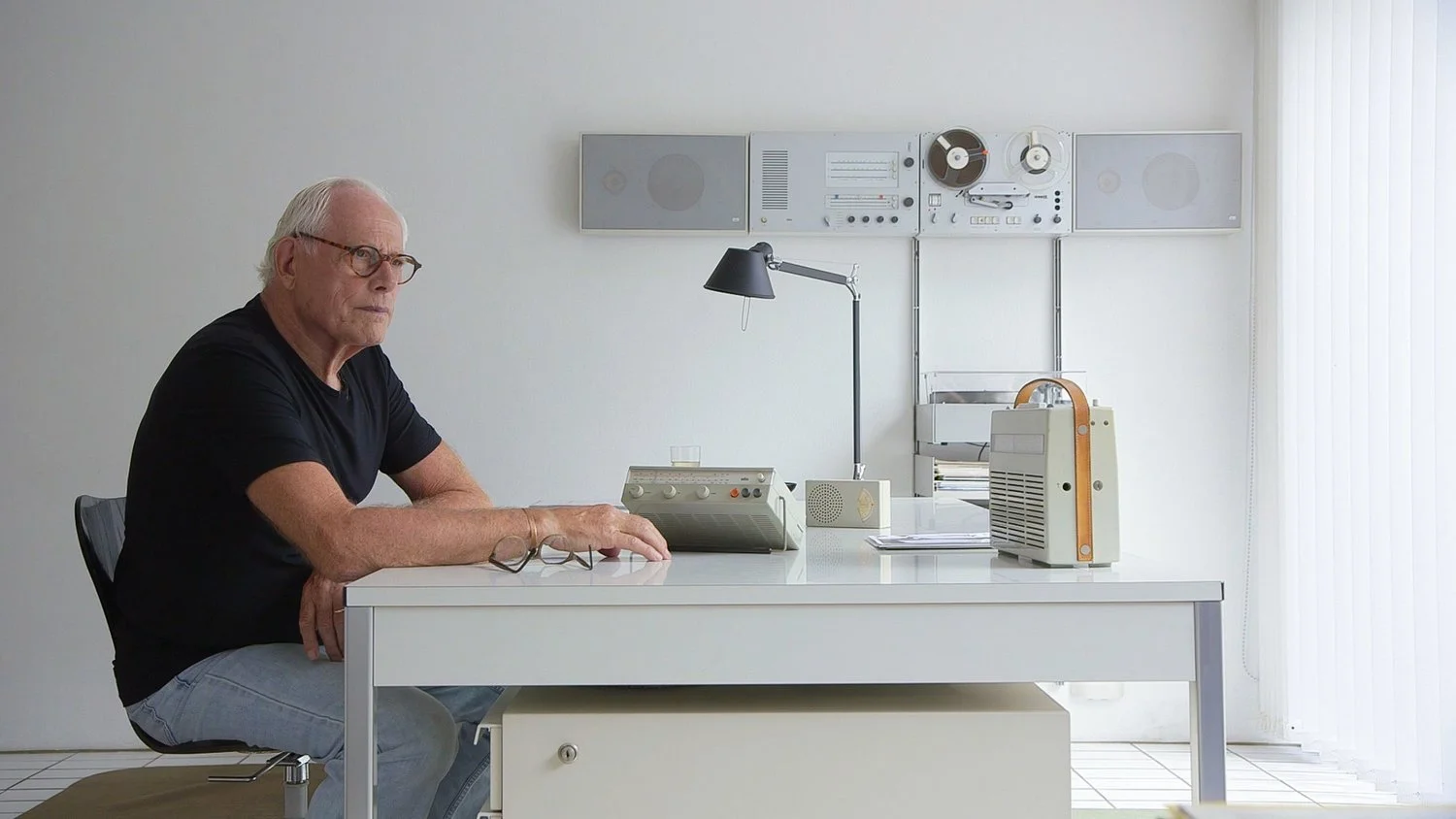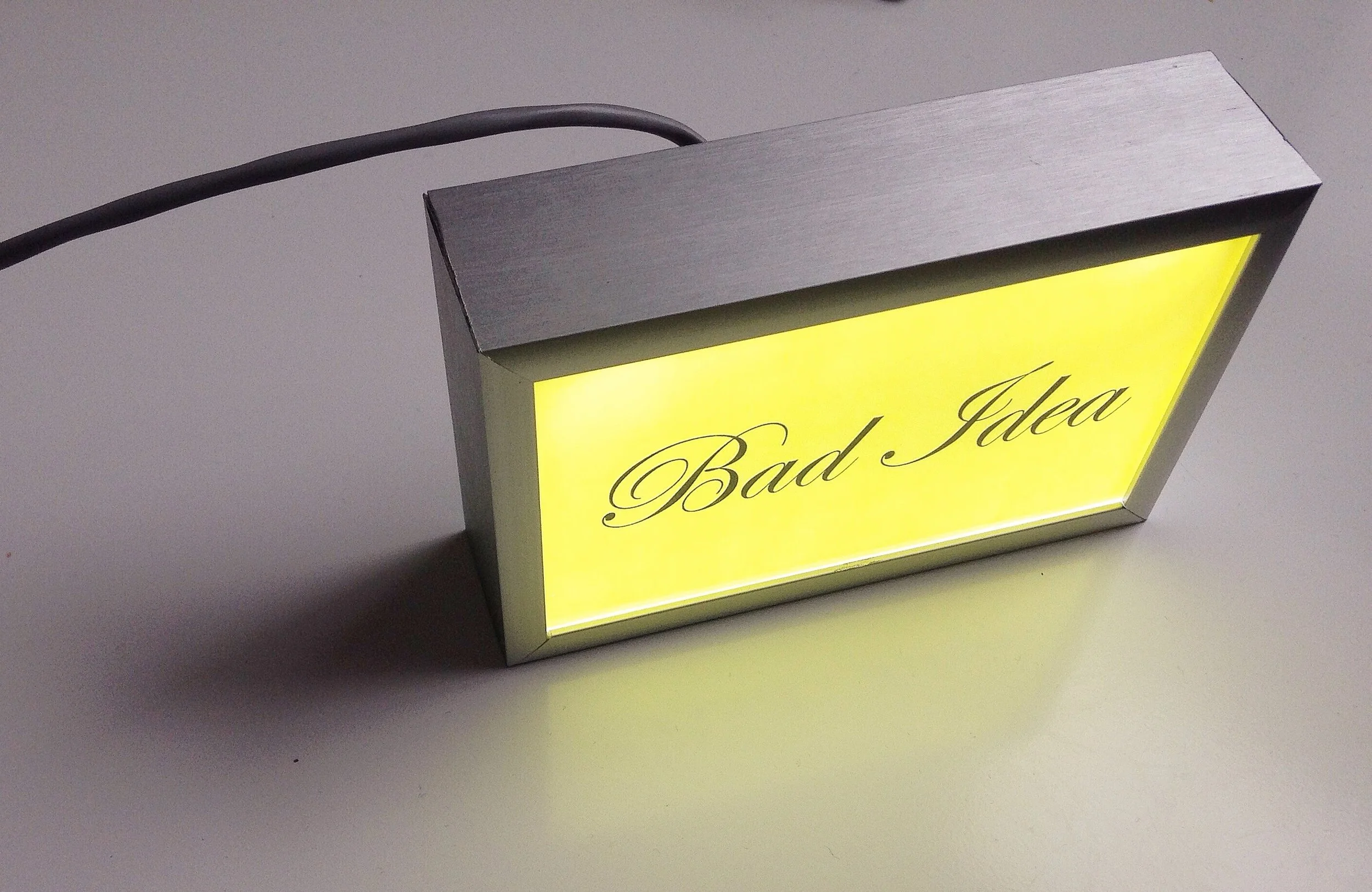Scenario Based Ideation
Grapevines grown in the harshest of conditions produce the most vibrant terroir. Ideas like grapes, need to be constrained under the right conditions if they are expected to flourish.
Dieter’s tenth principle
Design recognizes that one person’s passion is another’s infrastructure. Passions capture our attention and drive us to learn, infrastructure is generally invisible and, until it fails, it is that very characteristic that enables us to focus on our passions. It is also wha allows designers to focus on create good design.
Don’t make a DesignOops.
It takes 2-3 years for a design team to achieve a stable operational model. As the person accountable for design in your organization its a bad idea to delegate building and running your team to someone less qualified than yourself.
Design is going to happen
Designers, don’t think this is an open invitation to the board room; you still need to be a business leader first and a design leader second. Know your investment strategies. Understand your company’s business model. And demonstrate your ability to prioritize value ahead of design.
Reclaiming Design
Unfortunately, in its effort to fit in, design has devolved. Transforming into little more than a collaging exercise—whether its post-it notes on the conference room windows, or making assemblages from design systems that are little more than a box of color forms. While allowing anyone who can sort and arrange prefabricated elements on a screen to now call themselves a designer, the detrimental effect on design’s foundation is reaching irreversible proportions.
Leading Design
It’s important to remind ourselves that CEOs don't hire design executives to be “general managers”. They hire a design executive for the same reason they hire a CTO, CFO, or a CMO; they want a person who can lead the practice and be an expert practitioner in the discipline.
The true nature of design
design is more than artifacts and expressions. It is a way of viewing the world. Design is the basis for humanity’s ability to evolve communities, societies and cultures. Design has been around long before before capitalism discovered the power of the digital medium, social networks, and “nosey” mobile devices. And it needs to the lead the way to regaining our humanity
Consistency; judging a book by its cover.
The Book contained many dos and don’ts, chief among them don’t do anything that was not included in the book. According to the authors the introduction of these nonstandard designs would clutter the UI, confuse your users, and lead to systemic instability. Gasp!
If you have read any of other my posts, what follows should not come as a surprise…
Reciprocity
In 1966 Thomas Watson, the legendary CEO of IBM, wrote a memo that opened with the sentence: “Good design is good business”. Fortune 1000 companies represent nearly 60% of the US economy, and $2 trillion in profit, and yet only 5% of those companies have a senior design executive. Why?
The Conspiracy against Design
Before you scream gaslighting! The lack of organizational power is not unique to design and user research. Every discipline has to continually demonstrate their ability to deliver value, they have make their case for what they want to do, they have to explain why, and they have to deliver. So put away your tinfoil hats, find a mentor, and learn how your company’s business works.
Design is transformation
Every act of design is an act of transformation—whether is pen and paper or digital assets, every time you start to design you are manifesting a transformation. Design Leadership is transformation at the organizational level, as a leader of a design organization, you are accountable for the changes you are attempting manifest .
Entrepreneurial Mindset
Designers are natural entrepreneurs, prove me wrong. Entrepreneurs commonly envision a better version of whatever they are working on. Entrepreneurs are persistent and detail oriented. Entrepreneurs create something from nothing. Entrepreneurs take something and “disrupt” it. Entrepreneurs ask fundamental questions about the nature of a thing, the problem it was meant to solve, its social impact, the environmental impact. Still think designers aren’t entrepreneurs?
Processes Are Not Real
Processes are not maps or recipes, at best allegories or parables. They are the stories we share to help others learn who we are, what we value, and how we work. Like the earliest pictographs, processes cross the barriers of having no shared language, encapsulating who we are and our activities into acceptable visualization.
All Leadership is Change Management
However, Design Leadership is more; it is organizational transformation. Rather than focusing on putting a finite set of changes into action, Design Executives need to focus on a constellation of initiatives, programs, policies, each with unique cross-dependencies, intersecting multiple teams. Today’s Design Executives aren’t focused change, they are focused on reinvention.
Don’t be a punk
UX was not invented in ~2005 by a consultant, which for some reason seems to be the popular narrative being pushed by bootcamps. If you happen to find yourself talking to one of these “forty-niner designers” and they are trying to tell you that design is the new kid on the block, or that UX design is an emerging field, here’s how you can call them out.
Beware the influencers
Declarative statements may make great content when you’re talking about recipes or hidden vacation spots, but in a professional community they read as entitlement. While anyone can call themselves a design leader, it falls to the reader to vet the source, to fact check the content and to ensure creditability at the source. Rather than allow an influencer to give you advice on how to run your design organization, seek out experienced design leaders,
Job Matrix: Building a better ladder
To best support your team, it’s important to provide transparency and set clear expectations for not only the various competencies they need to master but also why those are important. Specifically focusing on the impact their work has for the user and the organization. How are you empowering your team?




















